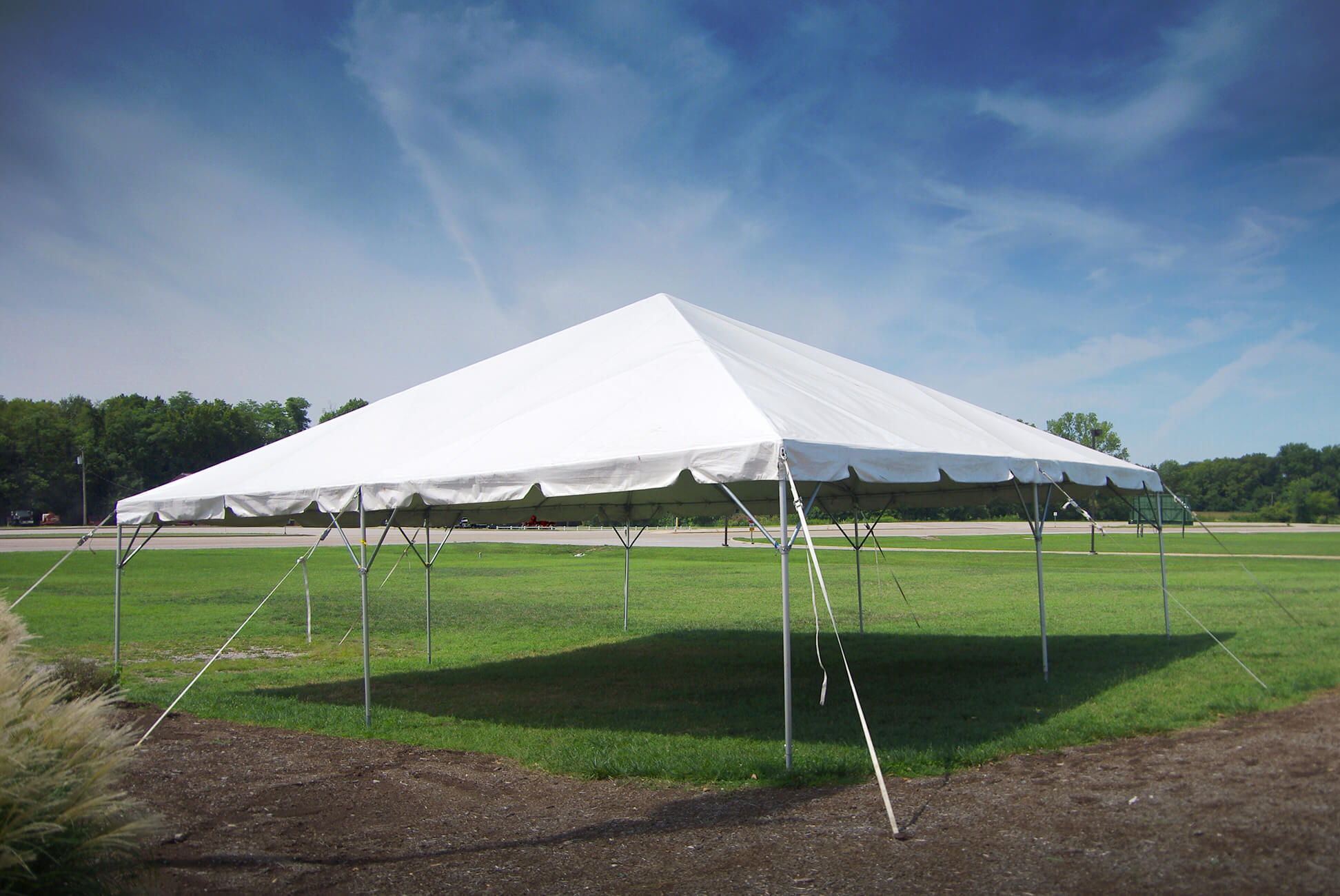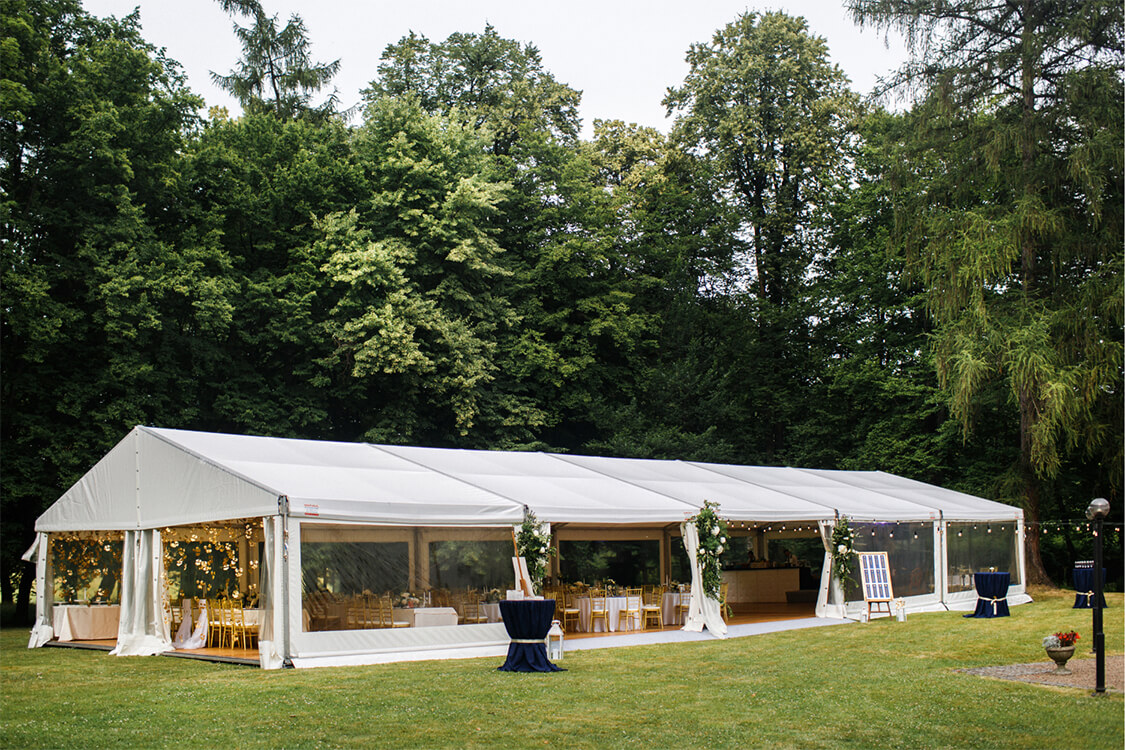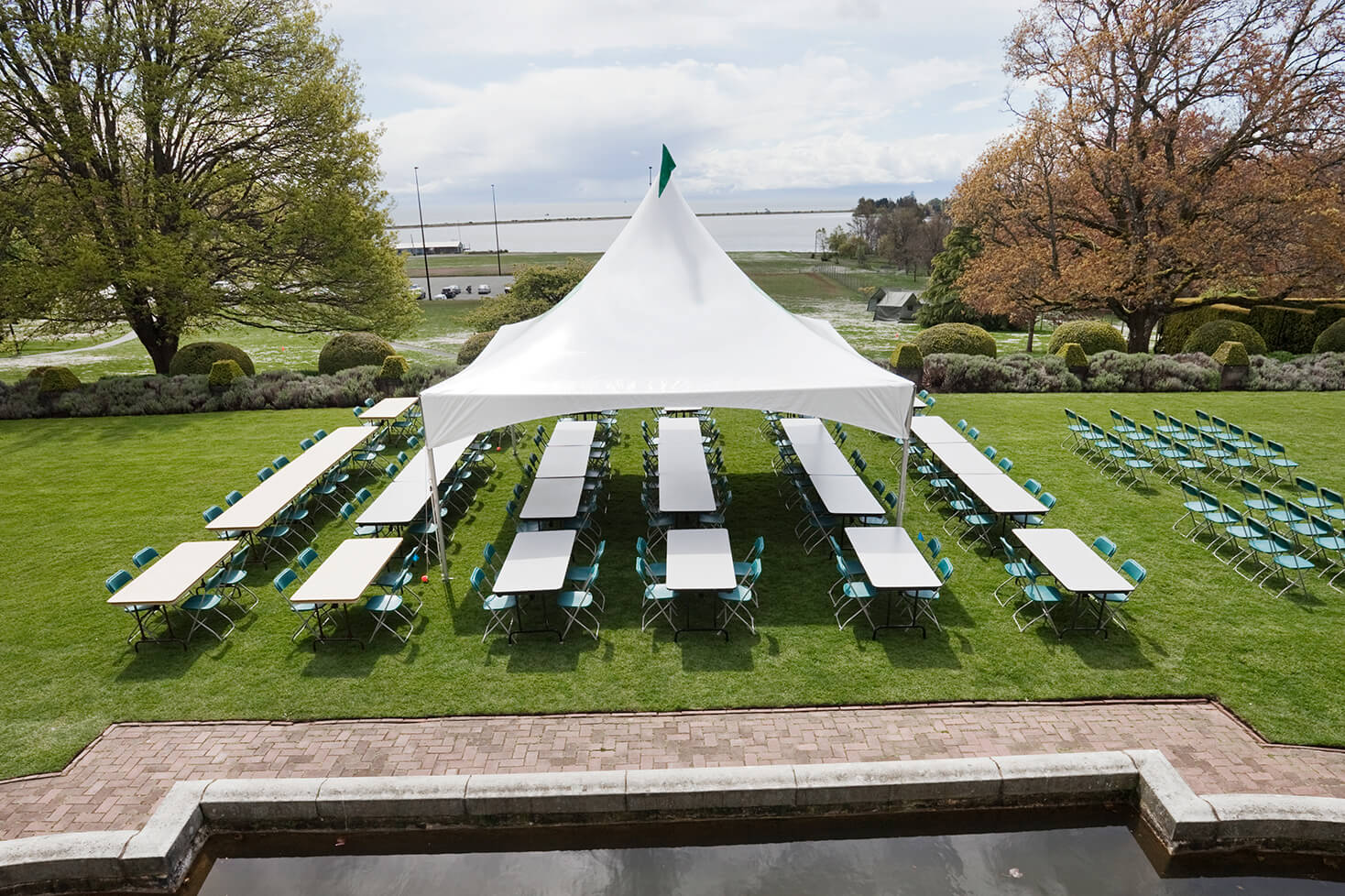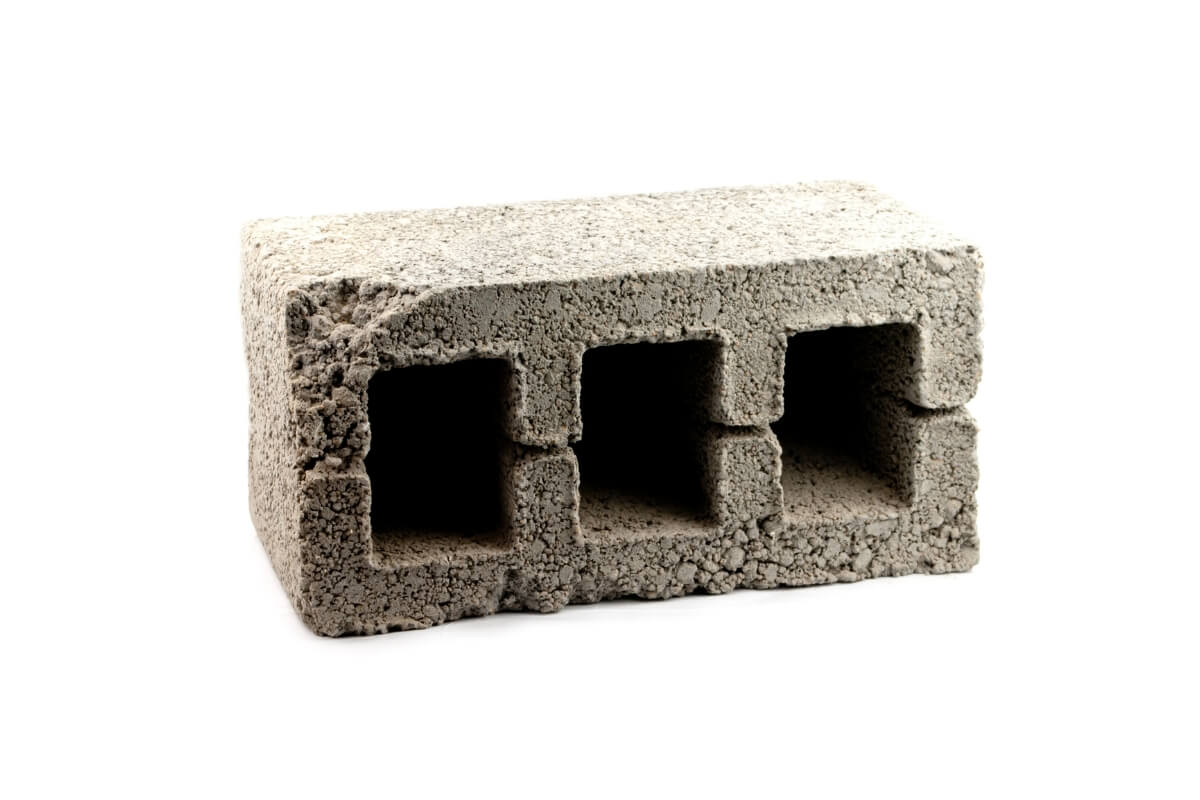Effective risk management is essential to your bottom line.
ARA
When it comes to running successful events, tent rentals stand out as not only essential but also one of the most lucrative and sought-after investments for your equipment rental business. Tents enjoy immense popularity in the rental industry due to the versatility of the product. Tents are a go-to choice for a broad spectrum of events, spanning from weddings and celebrations to corporate functions and trade shows. Their remarkable adaptability makes them a perfect fit for a diverse range of event types and styles. According to the American Rental Association (ARA), the demand for tents is actually continuing to grow!
Given the immense popularity of tent rentals, rental companies are racing to meet the soaring demand. If you’re considering joining this trend but are new to the world of tents, it is essential to do some digging and learn the ins-and-outs of the tent rental industry before you get started. When you take the time to understand your tents and the maintenance that comes along with them, you are actively mitigating unnecessary risks to you, your employees, and your company. Don’t just jump in, do your homework!
Or, let us do it for you. Our team has diligently gathered and addressed 20 frequently asked questions that equipment rental owners often encounter when dealing with their new tent inventory. Buckle up, ‘cause you’ve got a lot of learning to do.
20 Frequently Asked Questions About Tent Rentals
While courses aren’t mandatory, they’re highly recommended for learning proper installation methods and safety protocols. Many insurance companies will require anyone setting up a tent to be certified for liability purposes. Consider the following methods of education when learning about your new tents:
- Sign up for a Tent School: A tent school, in the context of the event and tent rental industry, is a specialized educational program or training course designed to provide comprehensive instruction on various aspects of tent installation, maintenance, safety, and related topics. Check out this tent school offered by TopTec!
- Attend a tent show: Often, company representatives will attend and they will run educational sessions on their products and the best ways to use them. Some tent shows you can consider attending in 2023: MATRA Tent Show, Advanced Textile Association Tent Expo.
- Watch reputable YouTube tutorials. Some companies, such as American Tent, run YouTube channels with detailed tutorials on how to safely set up their tents!
While there are no specific permits or licenses required for operating a tent and equipment rental business, it is essential to register your business as a legal entity. To determine the exact licenses needed for your specific business, it is advisable to consult with an attorney or legal professional. Note: most cities require special permits to set up tents of a certain size – often anything larger than 20×20.

Hip-End Tents: Featuring sloping or hipped roofs with a central ridge.

Gable-End Tents: Equipped with triangular ends and a high central ceiling.

High-Peak Tents: Known for their elevated peaks along the length and width.
Pole tents are cost-effective and supported by central poles, anchored by stakes or weights. They are easy to set up and take down but may not be suitable for windy conditions. Frame tents feature aluminum frames, offer stability, and do not have a central pole. They are versatile and suitable for various surfaces, making them a preferred choice for many events.
A ballast is a weight, often sandbags or concrete blocks, used to secure and stabilize a tent. It prevents the tent from shifting or toppling in windy conditions. Ballasts are vital for preventing tents from tipping or collapsing, particularly in adverse weather conditions like high winds. This not only safeguards the tent itself but also ensures the well-being of event attendees.

Many local jurisdictions have regulations and codes governing tent installations. Compliance with these regulations often includes the use of ballasts to ensure tents meet safety standards. Consult your local laws on ballast requirements on the tents you rent out.
A general guideline is at least 10 lbs per square foot, but actual requirements may vary based on factors like weather conditions and site specifics.
The American Rental Association (ARA) recently conducted a study on three types of tents to provide rental businesses with general information regarding tent ballasting safety. In this study, they determined the minimum ballasting requirements for Hip End, Gable End, and High-Peak tents in accordance with the length and width of the tent.
CLICK HERE to take a look at their in-depth guide!
Yes. Renters typically appreciate the convenience and peace of mind that comes with a professional tent setup. It enhances the overall customer experience and minimizes potential disputes or dissatisfaction related to setup issues.
Another major reason to offer these services is liability. When customers or inexperienced individuals attempt to set up a tent, there is a higher chance of errors or improper installation, which could lead to accidents. If such accidents occur, the liability may fall on your business. By having professionals handle the setup, your business significantly reduces its liability in the event of accidents or injuries.
For smaller tents, like a 20×20, the setup can typically be managed by a team of at least two individuals. This configuration ensures not only the efficiency of the assembly but also the safety of the process. The manageable size and weight of these tents make it feasible for a duo to handle the task effectively.
However, as tent size increases, so does the complexity of the setup. Larger tents that exceed 20×20 in dimensions often demand a more substantial team effort. In such cases, a crew of at least 2-4 individuals is recommended for both safety and efficiency.
Wondering what size tent your customer needs? Check out this Tent Size Calculator to see average rental prices for different sized tents.
In the tent rental business, it’s typical for tent setup and breakdown to take anywhere from 30 to 60 minutes for a standard-sized tent. This timeframe includes tasks like anchoring, securing, and adjusting the tent to ensure stability and safety. Larger tents generally require more time. While a small canopy might be relatively quick to set up, large event tents or clear-span structures with more extensive dimensions will naturally take longer due to their size and complexity.
To accurately estimate setup time, especially for larger or more complex tents, it’s highly advisable to conduct test runs. Having your setup team perform a trial run under realistic conditions allows you to determine the actual time required and identify any potential challenges or adjustments needed.
Look for a manufacturer known for producing high-quality, durable tents. The longevity of your tents is essential, as it minimizes replacement costs and ensures customer satisfaction. Pay attention to factors such as fabric type, frame materials (aluminum, steel), and the overall build quality. Quality materials and construction contribute to the tent’s performance and lifespan.
A reputable manufacturer should offer a variety of tent types, including pole tents, frame tents, clear-span structures, and more. This diversity allows you to cater to different event requirements and customer preferences. The choice of manufacturer may also depend on proximity to your business to minimize shipping costs.
Here are some reputable brands to get started with:
Spring and summer are the prime tent rental seasons. These months bring milder weather, making outdoor events more appealing. Key events during this time include weddings, graduation parties, garden parties, and outdoor festivals. The pleasant weather and longer daylight hours create ideal conditions for hosting events under tents.
Rental companies should be well-prepared to meet the increased demand during these peak seasons. This preparation may include:
- Expanding your tent inventory to accommodate larger orders.
- Hiring additional staff for tent installations and maintenance.
- Ensuring tents are in excellent condition and ready for use.
- Offering promotional packages or discounts to attract more clients during the busy season.
- Marketing your rental services to event planners, venues, and individuals planning outdoor events.
Any tent that is properly maintained and anchored to the ground will hold up in adverse weather. However, there are still a few precautions you can take to ensure that your tent holds up well for an event that takes place during rainy or windy conditions:
- Ensure that the tent is securely anchored to the ground. This typically involves using appropriate stakes, weights, or anchoring systems to prevent the tent from shifting or lifting due to strong winds.
- Invest in tents that are designed with sidewalls and rain gutters. Sidewalls not only provide privacy but also serve as a barrier to keep wind and rain out. Rain gutters are designed to channel water away from the tent, preventing pooling on the roof.
- To prevent water from pooling on the tent’s roof, use a tent that can be set up with a slight slope or pitch. This design allows rainwater to run off the roof and prevents it from accumulating in any one area, which could lead to sagging or damage.
If your tent has been out in the rain, ensure thorough drying before storage to prevent mold growth. This step is critical because even a small amount of residual moisture can create an environment conducive to mold and mildew growth. Mold not only damages the tent material but can also produce an unpleasant odor and pose health risks.
Washing your commercial tent is not too hard. For cleaning, use a non-abrasive towel and soft soap to gently wipe away dirt, dust, and grime from the fabric of the tent. You can use this same method on the other parts of the tent. Before storing, be sure to dry the tent and its components thoroughly to prevent mold from taking hold in your tent.
Remove excess water by using clean towels to soak up any water on the tent fabric. Wipe or blot gently to remove as much moisture as possible. Once you’ve removed the excess water, find an open area outside and spread the tent fabric out. The sun’s natural warmth and airflow will aid in evaporating any remaining moisture.
Periodically inspect the tent fabric during the drying process. Depending on weather conditions, it may take a few hours or longer to dry completely. To speed up the process, you can flip the fabric to expose both sides to the sun.
It’s essential to avoid folding or storing the tent fabric when it’s even slightly damp. Doing so can lead to mildew or mold growth and compromise the fabric’s integrity.
When events take place during particularly hot or cold seasons, many rental companies offer heaters and air conditioners that can be rented alongside the tent. Air conditioners maintain a pleasant temperature inside the tent during hot weather, preventing guests from feeling overheated and sweaty. Heaters make it possible to host events in colder weather without guests feeling chilly.
If you are considering offering these items, it is important to consider logistics. This includes:
- Proper Installation: Heaters and air conditioners must be installed correctly to ensure safety and efficiency. Training your staff or partnering with HVAC professionals may be necessary.
- Power Supply: Ensure there’s adequate power supply for these units. You may need generators or access to electrical outlets to operate them.
First and foremost, your tents should be stored in a cool and dry area to keep moisture related mold from growing. It is recommended to store the fabric of your tents by rolling, to avoid wrinkles and creases in the fabric.
It is very important to keep your tents and their components organized to ensure efficiency when gathering materials for an event. You can keep your warehouse orderly by using the following tips:
- Keep smaller components such as straps and cables in color coded bags that are labeled to ensure that your workers know what each bag contains.
- Clearly label your tents and keep them in specified areas to reduce confusion in your warehouse. Implement a routine schedule for inspecting and organizing your storage space. Regularly check the condition of your equipment, and confirm that each item is in its designated storage location.
- If your tent and equipment storage space is outdoors, consider investing in storage sheds, containers, or a designated area with proper roofing and protection from the elements.
Inspect your commercial tent before and after each use. If you identify significant damage or wear and tear during your inspections, it’s essential to take corrective action promptly. This may involve repairs or replacements, depending on the severity of the damage.
- Small tears or punctures in the fabric can often be repaired with patch kits specifically designed for tent fabrics. Follow manufacturer instructions for proper repairs.
- If frame components are damaged beyond repair, they should be replaced to maintain the tent’s structural integrity.
- If anchoring systems or ratchet straps show signs of damage, replace them to ensure the safety of the tent.
The most common item rented along with tents is lighting inside the tent. In addition, events often require additional items such as chairs, tables, linens, silverware, and flatware to complete the setup. By offering these additional items, you provide a one-stop solution for event organizers. This simplifies the planning process, as customers can secure all their essential event needs through your service.
Secure transportation is essential. It’s advisable to invest in a suitable vehicle, such as a box truck or trailer, equipped to safely transport your tents and equipment. A box truck or trailer is an excellent choice due to their spacious and enclosed design, which shields your assets from the elements, theft, and damage during transit.
Trucks and trailers are usually equipped with features that facilitate safe and efficient loading and unloading. For example, many trucks and trailers are equipped with loading ramps, which are useful for the safe and efficient movement of heavy equipment, including tents.
Rental insurance is highly recommended to protect your business in case of unforeseen events. Rental businesses typically invest a substantial amount in equipment and inventory, such as tents, chairs, tables, and other event-related items. Rental insurance helps protect these assets from loss, damage, or theft. City permits often require that anyone setting up a tent larger than 20×20 is insured. Oftentimes, the venue will require insurance of vendors as well.
In the event of accidents or injuries at an event site, your business may be held liable. Rental insurance can provide liability coverage, protecting your business from legal claims and associated costs. There are plenty of insurance options with plans that will fit your unique needs. To get started, here are a few trusted insurance companies you can check out:

